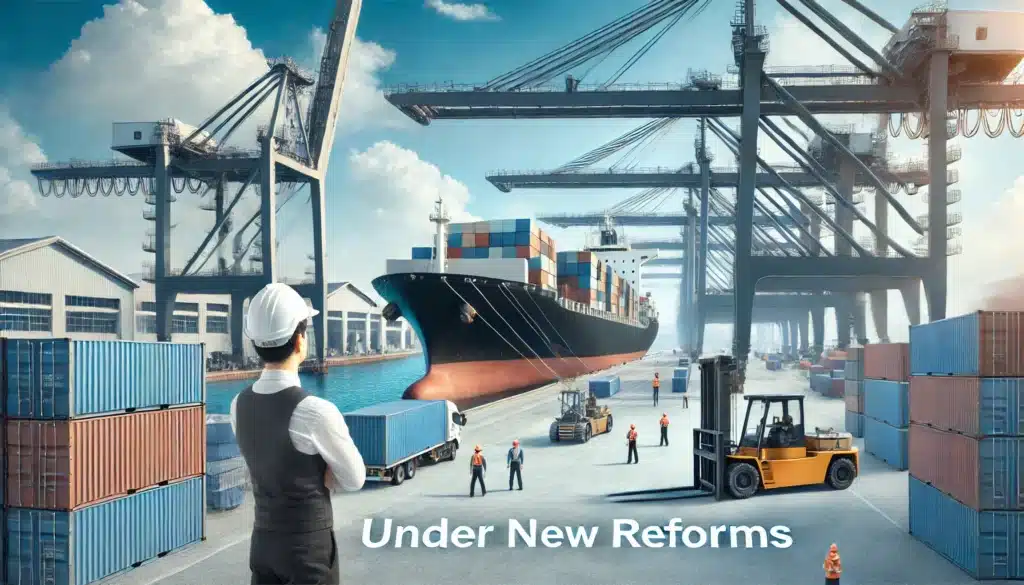- Latest industry news

New Framework for Temporary Exportation Procedures in Argentina

On January 22, 2025, the Argentine government implemented a new regulatory framework under General Resolution 5640/2025, consolidating multiple regulations into a single text to govern temporary exportation procedures. This move simplifies the authorization, processing, and management of temporary exports, aiming to boost efficiency and transparency in foreign trade operations.
What is Temporary Exportation?
Temporary exportation, as defined by the Customs Code, is a suspensive regime that allows goods to be sent outside the customs territory for specific purposes and within a fixed timeframe. These goods must be reimported before the stipulated deadline to comply with legal regulations.
This regime is frequently used for goods intended for:
- Exhibitions and fairs.
- Repairs or modifications abroad.
- Scientific research or testing.
The new resolution streamlines these operations, ensuring faster and more accessible processes.
Key Features of General Resolution 5640/2025
The updated framework is integrated into the Malvina Information System (SIM) and structured into seven annexes, each detailing specific aspects of the temporary export process:
- Annex I: General provisions for temporary exportation regimes.
- Annex II: Specific procedures for goods governed by Decree No. 1,001/82 and its amendments.
- Annex III: Guidelines for registration, formalization, submission, and cancellation of procedures in the SIM.
- Annex IV: Applicable SIM sub-regimes for temporary exportations.
- Annex V: Reasons for applying the regime, timeframes, and descriptions of eligible goods.
- Annex VI: Sub-regimes for concluding temporary exports, including definitive exportations for consumption.
- Annex VII: Associations between sub-regimes for temporary and concluding exportations.
Implementation and Operational Updates
The resolution introduces a gradual implementation, following a schedule available on the “Temporary Exports” microsite of the official customs website. Operators will receive notifications through the Electronic Customs Communication and Notification System (SICNEA).
To ensure seamless application:
- The General Subdirectorate of Revenue will regularly update Annexes IV to VII.
- New operational instructions will be issued to keep users informed.
Regulations Replaced by the New Framework
The resolution repeals ten previous regulations, including:
- Resolution No. 218 (ANA) from 1988.
- Resolution No. 2,728 (ANA) from 1997.
- Various instructions and notes issued between 1998 and 2016.
By consolidating these regulations, the government eliminates redundancy, reducing confusion and delays in the exportation process.
Benefits for Trade Operators
The new framework offers several advantages:
- Simplified Processes: Clear and unified guidelines reduce administrative burdens.
- Faster Approvals: Consolidation of procedures ensures quicker turnaround times.
- Greater Transparency: Standardized practices minimize discrepancies and errors.
- Enhanced Efficiency: Digital integration through the SIM streamlines documentation and communication.
Reinforcing Argentina’s Commitment to Modern Trade
This initiative demonstrates Argentina’s dedication to improving customs processes and supporting businesses engaged in foreign trade. By simplifying temporary export procedures, the new framework promotes a business-friendly environment and aligns the country with modern trade practices.
📩 Need guidance on navigating the new framework? Contact B&G Maritime for expert assistance with temporary exportation procedures.
👉 Hire Our Services
share
